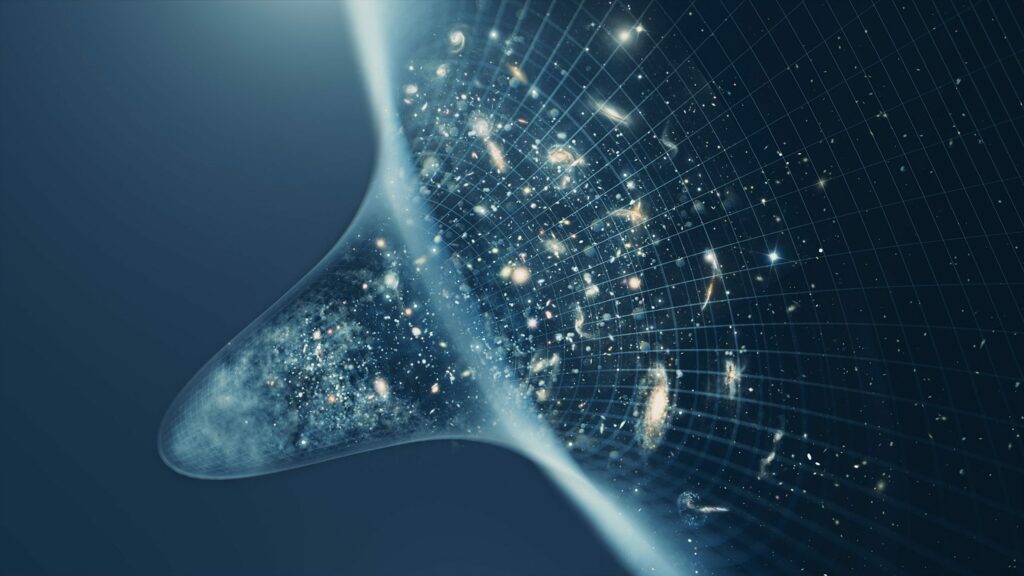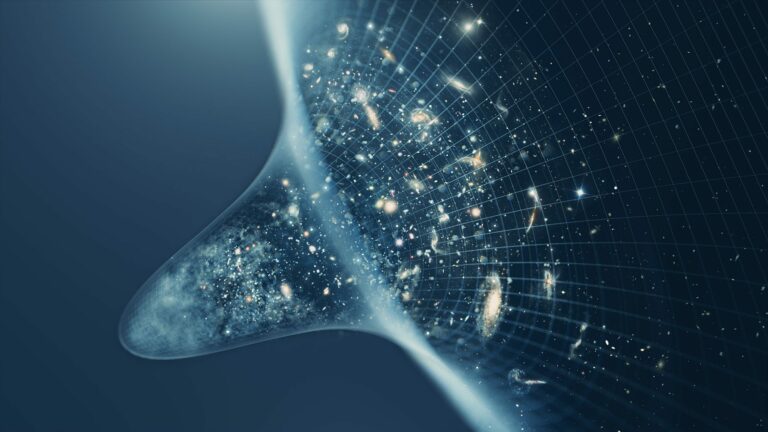The expansion rates of the universe vary depending on our observation point, as confirmed by the JWST.
Astronomers have used the James Webb and Hubble space telescopes to confirm the existence of varying rates of expansion in different regions of the universe. This discovery, known as the Hubble Tension, poses significant implications for the field of cosmology. Recent observations from the Hubble Space Telescope in 2019 and more precise measurements from the James Webb Space Telescope in 2023 have solidified this phenomenon. The collaborative effort between these telescopes has ruled out measurement errors, pointing towards a potential misunderstanding of the universe’s nature. Lead study author Adam Riess, a professor of physics and astronomy at Johns Hopkins University and a Nobel laureate, highlighted the intriguing possibility of misconceptions in our understanding of the universe.

Two primary methods are currently used to determine the Hubble constant, which describes the rate of expansion of the universe. The first method involves analyzing small variations in the cosmic microwave background (CMB), which are remnants of the universe’s early light that appeared around 380,000 years after the Big Bang.
From 2009 to 2013, astronomers used the European Space Agency’s Planck satellite to study these microwave patterns and calculated a Hubble constant of approximately 46,200 mph per million light-years, equivalent to about 67 kilometers per second per megaparsec (km/s/Mpc).
The second method focuses on studying pulsating stars called Cepheid variables. These stars experience periodic changes in brightness due to their dying state, with their outer layers of helium gas expanding and contracting in response to radiation absorption and emission, acting as distant signal beacons.
By observing the fluctuations in brightness of Cepheid stars, astronomers can determine their absolute luminosity. By comparing this luminosity with their observed brightness, astronomers can create a “cosmic distance ladder,” allowing them to look back further into the universe’s history. Using this method, astronomers can calculate the universe’s expansion rate by analyzing the redshift of Cepheids’ light.
However, there are discrepancies in the results. Measurements of Cepheid variables by Riess and his team suggest that the universe’s expansion rate is around 74 km/s/Mpc, a significantly higher value than what Planck’s measurements indicate. This inconsistency has led cosmology into uncharted territory.
David Gross, a Nobel Prize-winning astronomer, stated during a 2019 conference at the Kavli Institute for Theoretical Physics (KITP) in California that this situation is not just a tension or problem but rather a crisis.
Initially, there were suggestions from some scientists that the discrepancy could be due to errors in measurements caused by the mixing of Cepheids with other celestial bodies within Hubble’s field of view. However, in 2023, researchers used the more accurate JWST to confirm the Hubble measurements for the initial parts of the cosmic distance scale. Despite this, uncertainties remained when observing events further back in the history of the universe.
To tackle this issue, Riess and his team built on their previous research by studying an additional 1,000 Cepheid stars in five different galaxies located up to 130 million light-years away from Earth. After comparing their findings with Hubble’s data, the astronomers reconfirmed their earlier calculations of the Hubble constant.
“We have now thoroughly analyzed all of Hubble’s observations, and we can confidently rule out measurement errors as the reason for the Hubble Tension,” Riess stated. “By combining data from Webb and Hubble, we can capitalize on the strengths of both instruments. Our results support the accuracy of Hubble’s measurements as we continue to move up the cosmic distance ladder.”
Do not forget to share your opinion with us to provide you with the best posts !




0 Comments